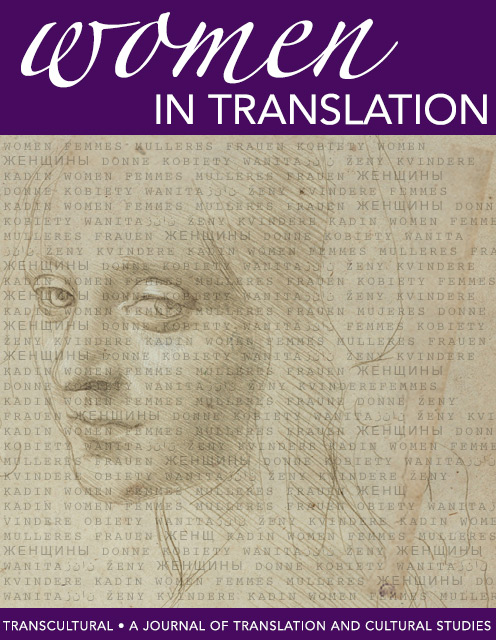What is Gained in Subtitling: How Film Subtitles Can Expand the Source Text
DOI:
https://doi.org/10.21992/T90P86Keywords:
Translation Studies, Subtitling, Japanese, FilmAbstract
The problem of translation and loss is a cardinal concern in translation studies. Conventional wisdom tells us that translation must necessarily entail loss. However, some translation studies scholars have argued that translation can yield significant originality in the target text. Christiane Nord, for one, argues that literary translators can claim authorial presence by actually causing the source text to “grow” in a way that is quantitative and qualitative. Although Nord’s idea applies mainly to literary translation, it raises questions about how this could apply to translations of other types of creative source texts, such as audio/visual translation. The format of interlingual subtitling between two disparate languages, such as English and Japanese, burdens translation with severe constraints and considerable loss text is taken for granted. But what is lost? Meaning? Nuance? This paper argues that these need not be lost in subtitling. In fact, by applying Nord’s model of source text growth to subtitling, we can see how subtitling produces new value to the source text. Through a close analysis of the Japanese subtitles of the 2007 film, There Will Be Blood, this paper will demonstrate that despite the severe constraints placed on the translation found in film subtitling, subtitles can promote “qualitative growth” by transferring the poetic function of the source text into new configurations in the target text, prompting target text viewers to interpret content in new ways.Downloads
Published
Issue
Section
License
Authors who publish with this journal agree to the following terms: a.Authors retain copyright and grant the journal right of first publication with the work simultaneously licensed under a Creative Commons Attribution License that allows others to share the work with an acknowledgement of the work's authorship and initial publication in this journal. b.Authors are able to enter into separate, additional contractual arrangements for the non-exclusive distribution of the journal's published version of the work (e.g., post it to an institutional repository or publish it in a book), with an acknowledgement of its initial publication in this journal. c.Authors are permitted and encouraged to post their work online (e.g., in institutional repositories or on their website) prior to and during the submission process, as it can lead to productive exchanges, as well as earlier and greater citation of published work (See The Effect of Open Access).



